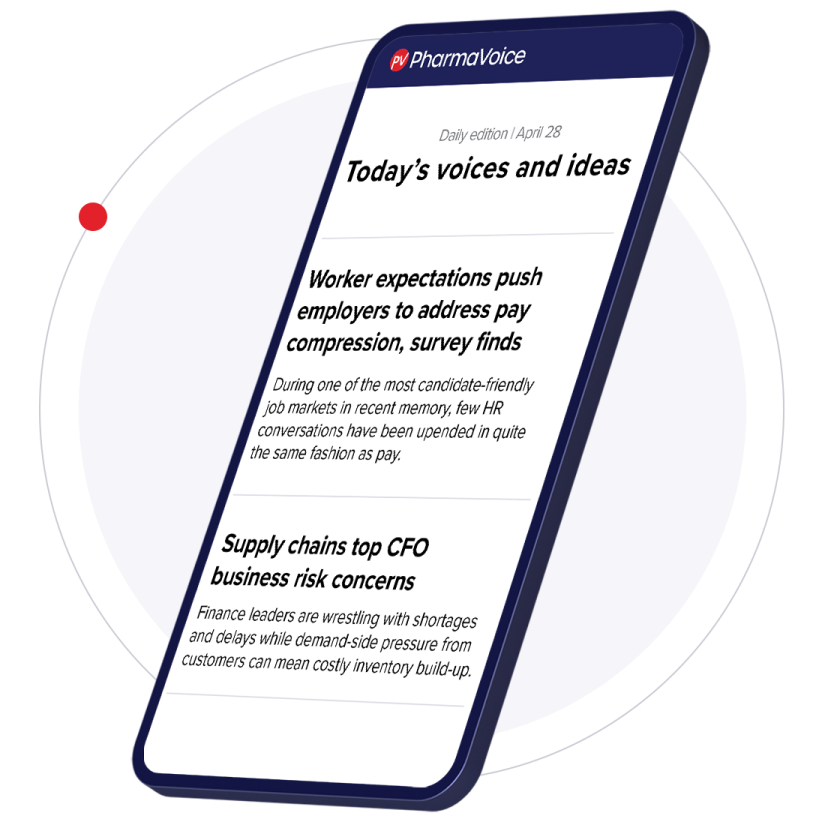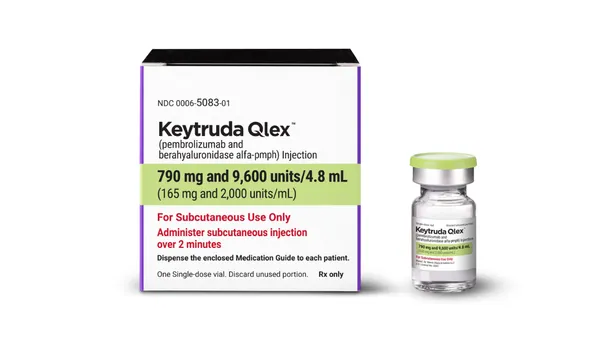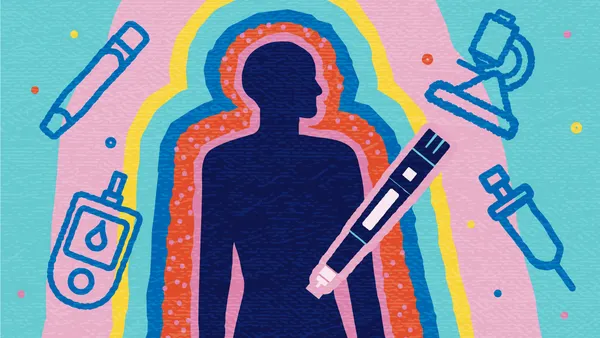The Broadband Revolution Daniel Teper, Pharm.D., MBA, Chairman and CEO The broadband revolution has arrived. The Web 1.0 popularized the Internet; the industry is now ready to embrace the benefits of the broadband technological advances made since the dot.com bubble, such as the delivery of high speed, custom information. Leading the revolution are video broadcasting Web resources, such as YouTube and Google video, which are providing individualized publishing opportunities and customized content. Similarly, the media industry has embraced this revolution. Major networks such as NBC and Disney have made movies and TV shows available online and on demand through Amazon and iTunes. As a result, traditional mass-media viewership is continually decreasing. The direct consequence of such a transformation is the reduction in mass media-approaches to DTC advertising. Broadband is a Boon for Healthcare Professionals and consumers alike are turning to the Internet at their convenience to learn as well as watch, not only one-minute video clips, but increasingly broadcast quality programming. The broadband revolution is a boon for the healthcare industry, as it enables targeted content delivery to professionals and provides on-demand opportunities for patients and their families to learn about diseases and better health. The Advantages of the Next Generation of the Web Unlike traditional mass media, Web 2.0, which combines community features and broadband feeds, offers the advantages of active participation versus passive viewing, and gives each user a sense of ownership, creating a community of members. For instance, a member can vote or blog to provide instantaneous feedback. This active feature of the broadband Internet could be used to create richer media content. As a result, it can enable the development and delivery of better health education as well as targeted advertisements to patients, doctors, and general viewers. The Web also can be used to assess emerging physician and patient trends, yet another step forward in terms of bringing the pharmaceutical companies closer to their customers. 24/7 Access With broadband channels, a time-constrained professional with the continuous need for education, such as a physician, can have access to daily medical congress news, content from publications, and views from key opinion leaders, which can be customized and delivered on-demand with broadband content delivery solutions. CNN has started offering advertisement-free, subscription-fee based on-demand streaming video. NBC has shifted its nightly news to Web-only and the New York Times is challenging major TV networks through increasingly popular video news stories. The Time is Right Industry leaders, across sectors, agree that the time is right for this technology; in 2007 there will be an acceleration of media confluence and the transformation of medical and direct-to-consumer health communications. The opportunity for medical organizations and pharmaceutical companies is beyond experimentation. Several other industries have already successfully shifted their communication mix to embrace the new media landscape. It is now time for the healthcare community to reap the rewards of a radically more effective way to communicate. The broadband revolution is a boon for the healthcare industry, as it enables targeted content delivery to professionals and provides on-demand opportunities for patients and their families to learn about diseases and better health. Cyber Facts Broadband Internet is available to 80% of U.S. physicians and almost 50% of U.S. consumers. TV-quality video is increasingly available on the Internet. E-learning is becoming a valuable alternative to live meetings and seminars. More than 70 million Americans seek health information over the Internet. Direct-to-consumer advertising for pharmaceuticals is now paving the way for informational and educational health broadcast and broadband programming. E-Technology October 2006 VIEW on E-Solutions
An article from


The Broadband Revolution
Filed Under:
Commercialization










